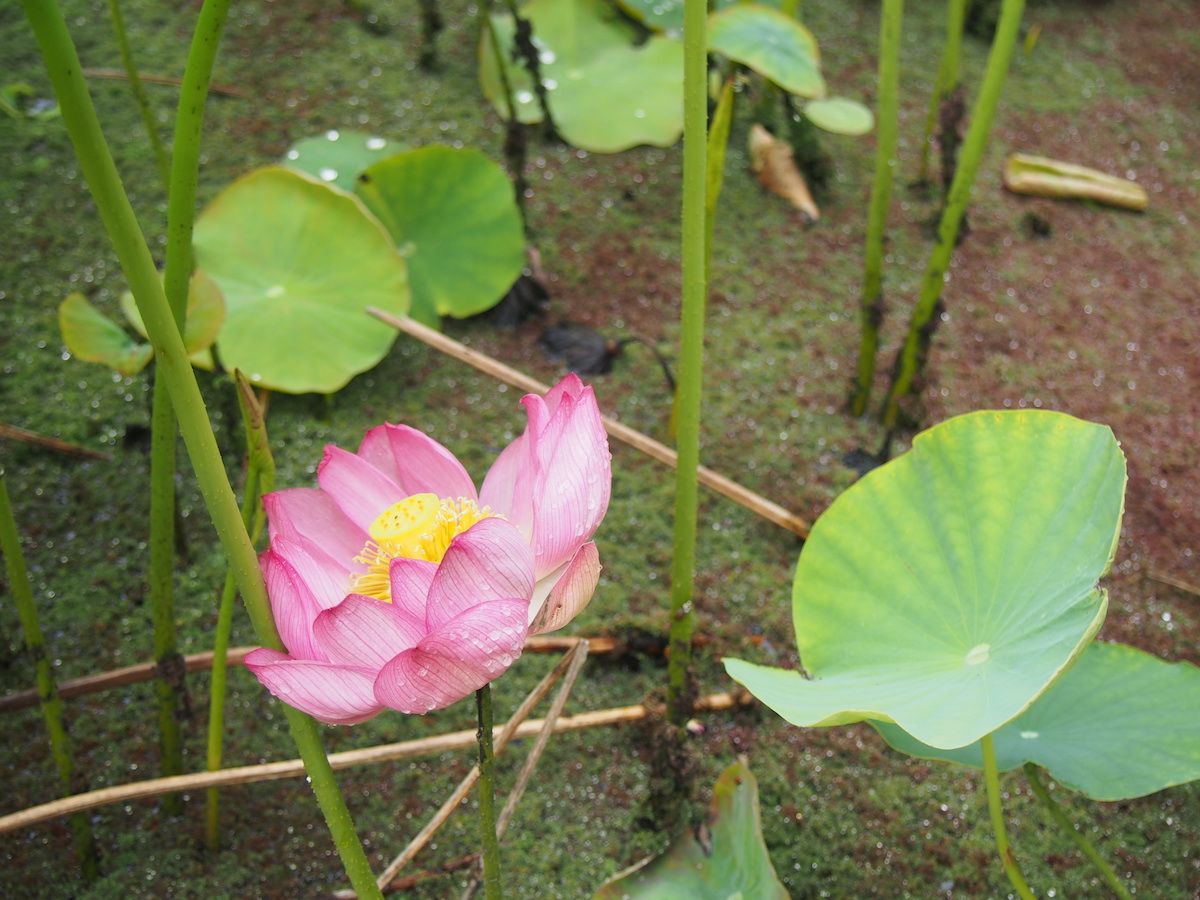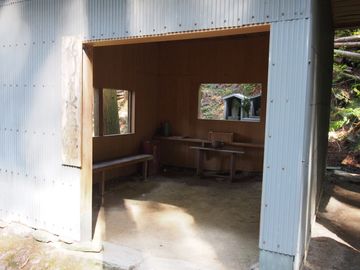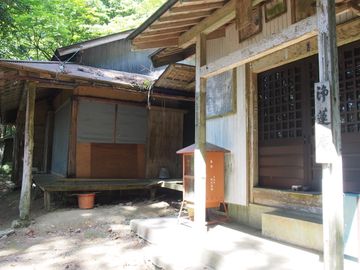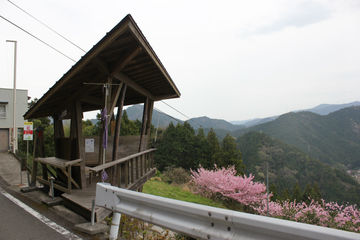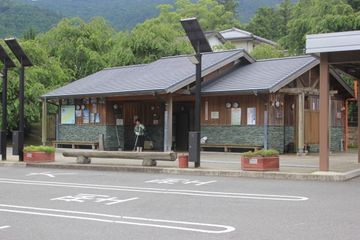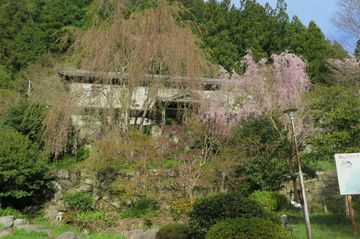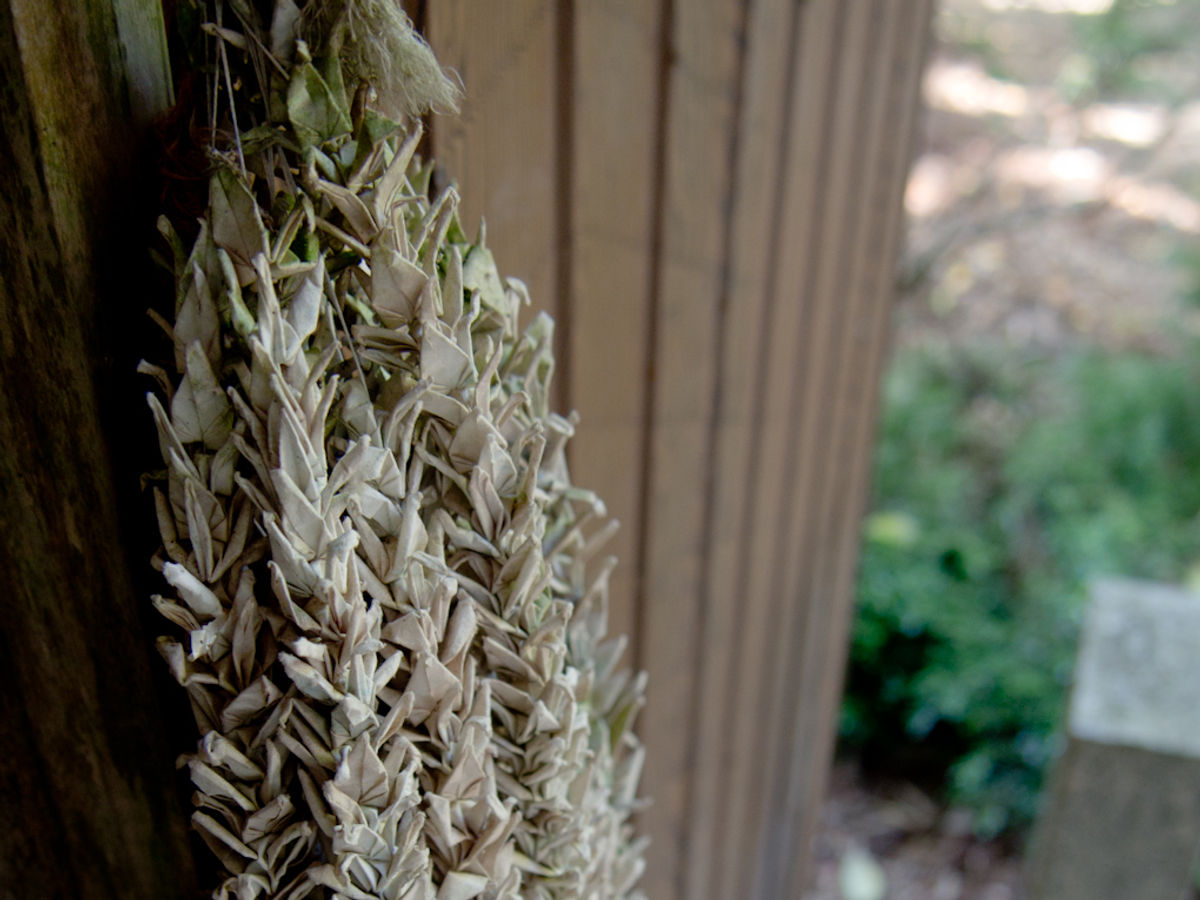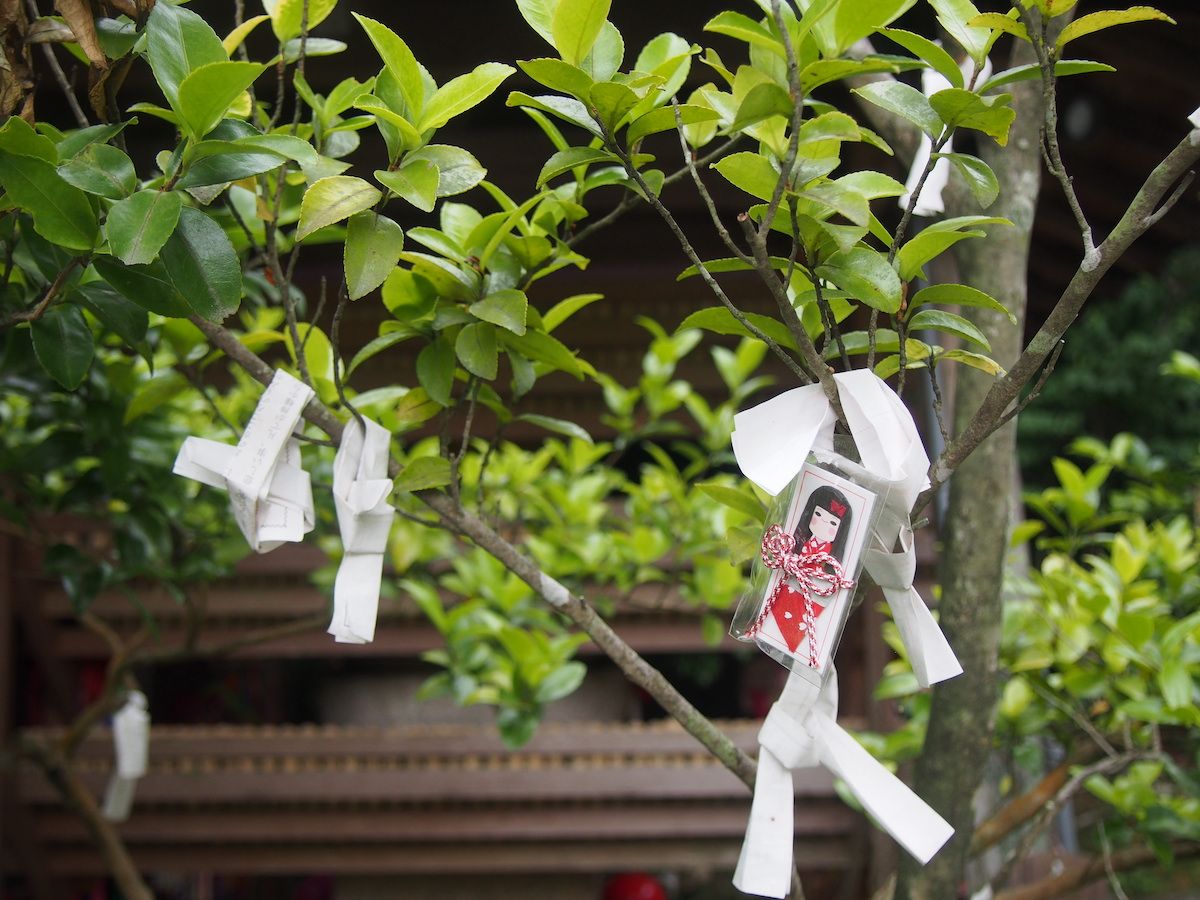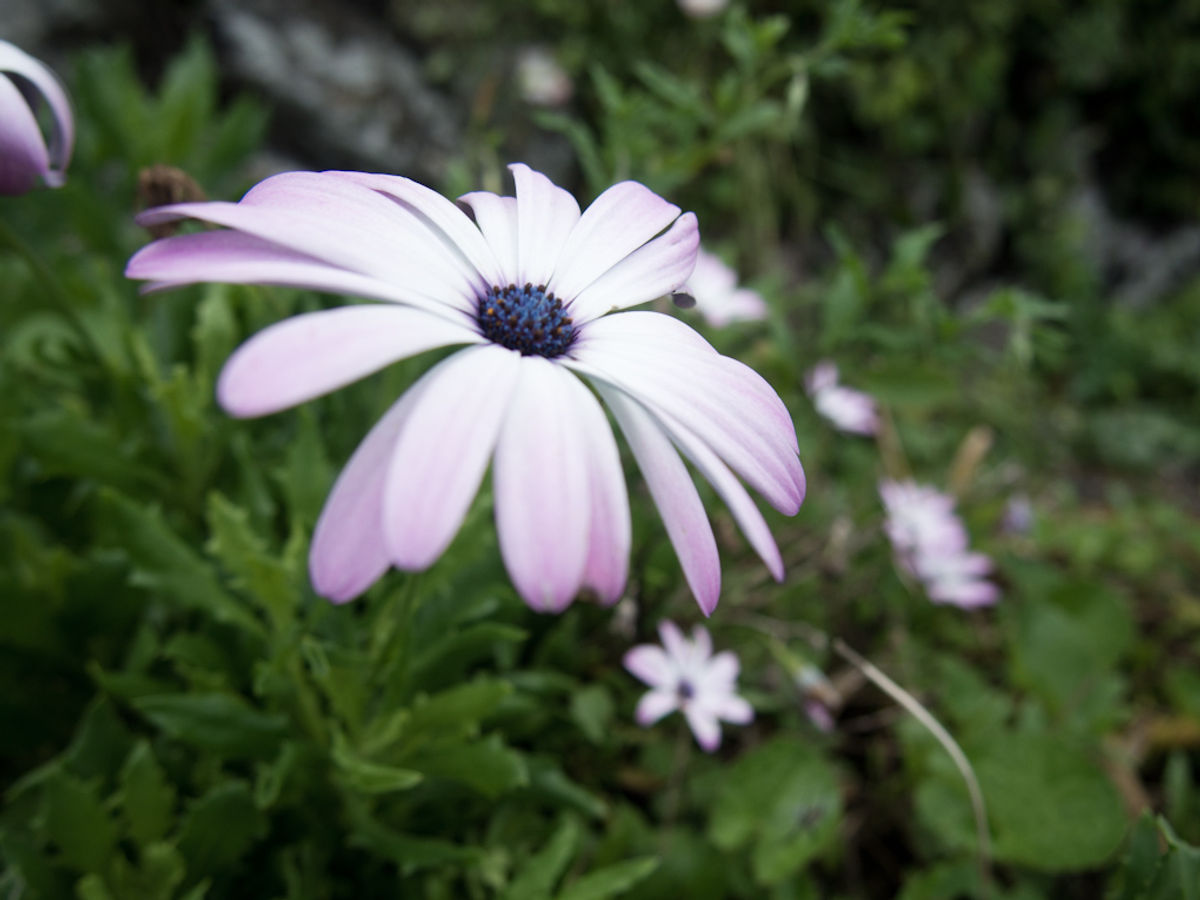
Shosanji (焼山寺) is the 12th Temple of the Shikoku Pilgrimage, located in Tokushima Prefecture, Shikoku, Japan. It sits on Mt. Shosanji and is more than 700 meters above sea level. It is the second highest temple of the pilgrimage. The temple provides lodgings during peak pilgrimage seasons in Spring and Autumn. There are also a few minshuku, or Japanese inns, around the temple. You can travel to the temple easily by bus.
“Shosan” means burning mountain. Its name originated from ancient lores about a fiery dragon that lived on the mountain, who brought upon frequent mountain fires and terrorized the residents. A legendary ascetic named En no Gyoja suppressed the dragon with his magical powers, and brought peace to the people. He then founded the temple that stands today. Later in the 9th century, a fire broke out in the mountains once again. The Buddhist monk Kukai (空海 / Kobo Daishi), whom the Shikoku Pilgrimage is based on, came to the rescue and locked away the dragon.
Shosanji is the first nansho – hard to reach place – for pilgrims on the pilgrimage. The hiking path to Shosanji contains sections of henro gorogashi, or “pilgrim fall down” paths. These paths are often steep, winding, narrow, and have varying levels of elevation, making it a bit of a roller coaster ride for hikers. If you encounter locals along the way, they may tell you stories of pilgrims who gave up along this path and ended their pilgrimage here. Due to the steepness and change in elevation, temperatures will drop slightly as you climb up, which is quite pleasant while your body is heating up from the strenuous hike.
There are a few well-known roadside shrines on the way where hikers can take a break. The first is Chodoan (長戸庵), a small resting hut with Kobo Daishi’s statue next to it. The next stop is Ryusuian (柳水庵). Here you will find several small structures that were once shelters for pilgrims on these difficult trails. You can find fresh water here. The last shrine is Jorenan (浄蓮庵), also called Ipponsugian (一本杉庵). It is named after a large cedar tree there that was believed to be planted by Kobo Daishi. You will also find a statue of Kobo Daishi at this shrine. After this last shrine, there is a steep descend before hikers make their last ascend to Shosanji.
Once you reach the temple, you will immediately be rewarded by a gorgeous view of the Shikoku mountain ranges, or even Awaji Island on a good day. If you look closer, you will see pockets of satoyama below – residentials settled on the sides of mountains. The mountains are covered in gigantic cedar trees which are evergreen throughout the seasons. Many of the cedar trees are over 500 years old. They are designated as a natural monument of Tokushima Prefecture.
The okunoin (inner sanctuary) of Shosanji is a further hike up to the summit of the mountain. On the trail from Shosanji to the summit, you will find a statue of En no Gyoja. There is also a cave nearby where Kobo Daishi fought a giant snake. At the summit, you will be able to get a spectacular panoramic view of Kamiyama Town below.
Hours
OpenAmenities & Facilities
Key Distances & Elevations

Reviews
 Walking AroundMember
Walking AroundMemberReview from 2023-09:
The opening times of this temple are different from others: 8 am to 16:30 pm. So start early with enough extra time to avoid coming up another time the next day.
Also the stamp costs around double, which is not a real concern, unless you hiked up without any surplus money.
Beautiful temple with a great location. If walking keep in mind that it's a long walk up from the last temple so needs a full day dedicated to it, try not to factor in multiple temple trips that day. Start early as well as nothing would be worse than arriving too late for the nokyo office (book stamp person) to be shut and having to come back another day. Also keep in mind that unless you are staying at the temple itself the next village with accom is a shortish to medium walk down and you'd not want to navigate that in the dark. Plan accordingly.
Situational note: I walked up as it was snowing which meant I couldn't stop for a break without risking freezing. And the next day I was very nearly snowed in. While not a major concern definitely keep the weather in mind when planning even in spring time.
